What Happens When You Mix 70% Alcohol and Bleach?
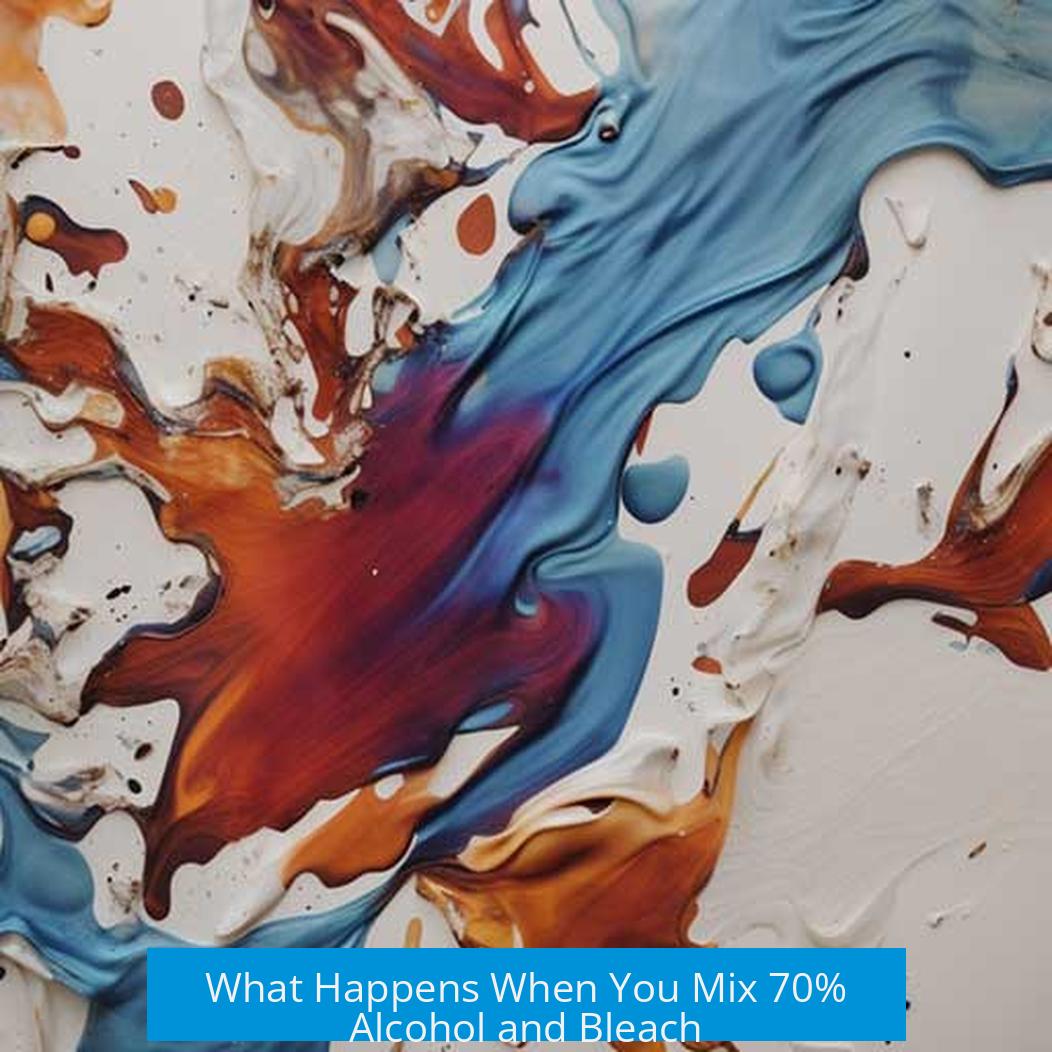
Mixing 70% alcohol and bleach produces chloroform and other potentially harmful compounds, making it unsafe and unnecessary for cleaning. Bleach alone is more effective for disinfecting, especially in watery environments like toilet bowls, where alcohol dilutes quickly and loses effectiveness.
Chemical Reaction Between Alcohol and Bleach
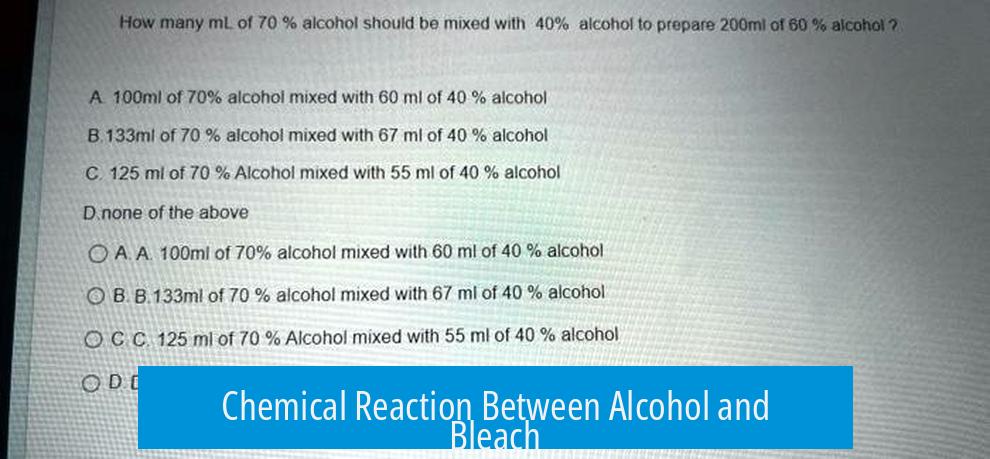
Bleach contains sodium hypochlorite, a strong oxidizing agent. When combined with rubbing alcohol (isopropanol or ethanol), it can produce chloroform (CHCl3) and hydrochloric acid. Chloroform is a solvent once used as an anesthetic but is toxic and can cause irritation, dizziness, or worse with high exposure.
- Reaction yield depends on concentrations and volumes.
- Home mixing usually generates low chloroform amounts.
- Short exposure in a ventilated space limits risk.
Appropriateness of Using Both for Cleaning
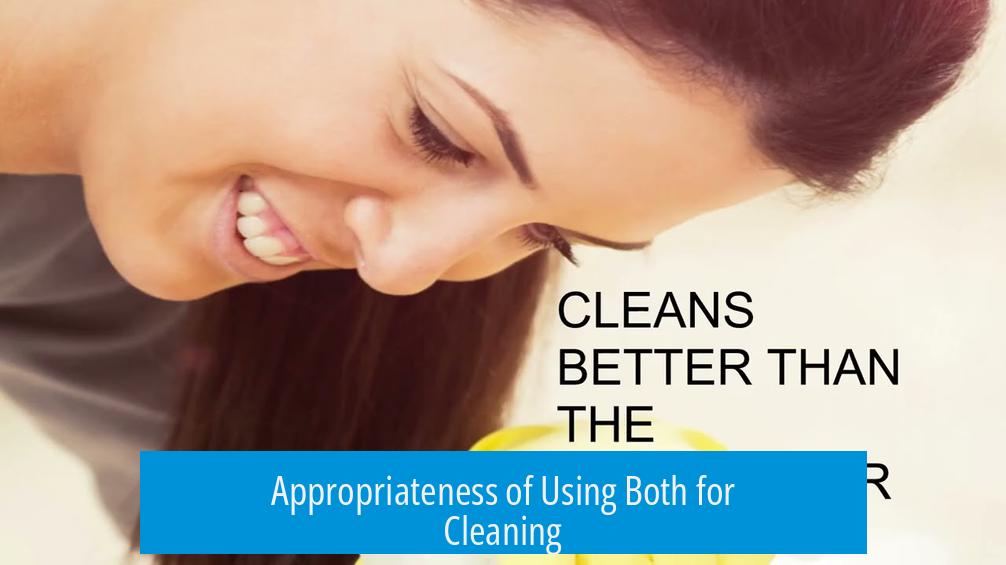
Using both disinfectants simultaneously is redundant and may reduce cleaning efficiency. Bleach is more suitable for disinfecting surfaces like toilets since alcohol evaporates and dilutes fast.
- Alcohol loses potency when mixed with water or diluted fluids.
- Bleach remains active longer and destroys a wider range of microbes.
- Choosing one disinfectant reduces chemical interaction risks.
Safety and Ventilation

If a mixture of alcohol and bleach is accidentally formed, ventilation is crucial:
- Open windows or use exhaust fans to disperse fumes.
- Dispose of leftover mixtures down a drain with plenty of water.
- Avoid inhaling fumes; exposure to chloroform may cause dizziness or nausea.
Proper ventilation avoids dangerous buildup of vapors. Minor accidental exposure generally causes no severe health effects.
Additional Recommendations
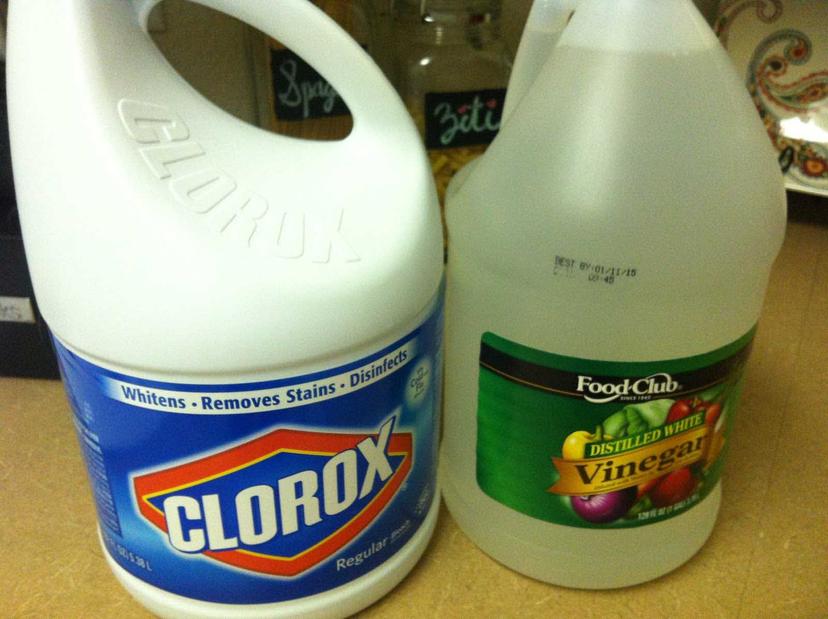
- Never mix bleach with acids or ammonia; this produces more toxic gases.
- Use one disinfectant according to its intended purpose.
- Store cleaning agents separately to prevent accidental mixing.
Key Takeaways
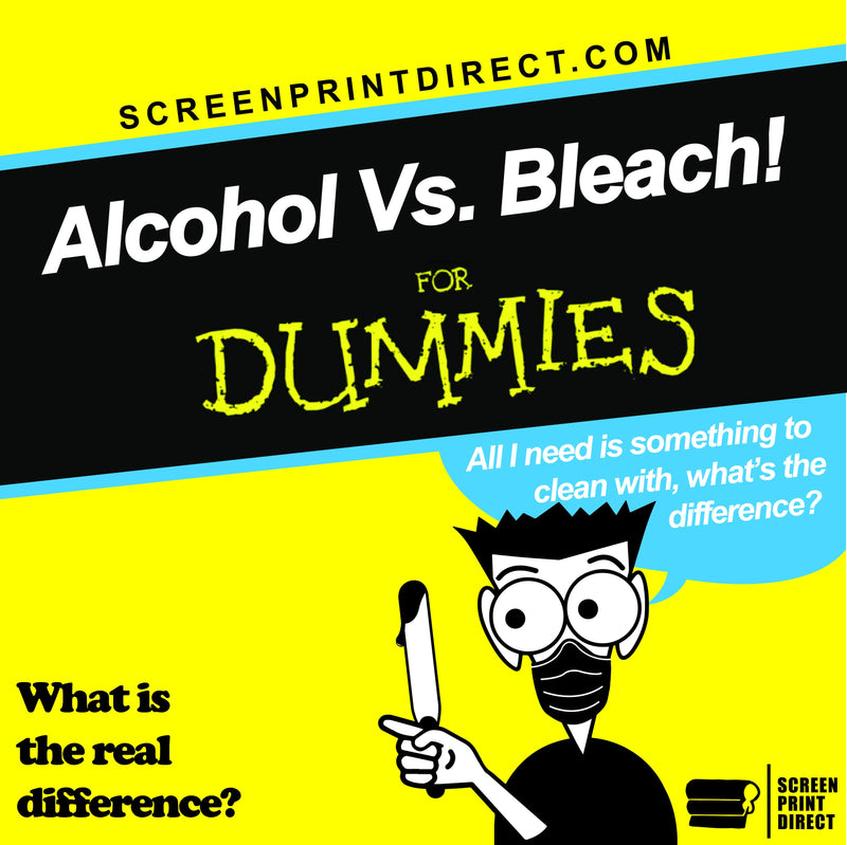
- Mixing 70% alcohol and bleach produces chloroform, a toxic compound.
- Use bleach alone for effective disinfection in watery environments.
- Ensure good ventilation if mixing occurs accidentally.
- Avoid mixing different cleaners to prevent hazardous chemical reactions.
What Happens If You Mix 70% Alcohol and Bleach? Here’s the Straight Talk
If you mixed 70% alcohol and bleach, you essentially created chloroform, a chemical known to cause dizziness and other health effects. However, in typical household amounts and with good ventilation, this poses minimal immediate danger. But why would anyone do that? Let’s unpack the whys, hows, and what-to-dos.
First off, it’s rare anyone needs to mix these two. Both alcohol and bleach disinfect. But combining them? Usually overkill and can be risky.
Why Mixing Alcohol and Bleach Is Generally a Bad Idea
Let’s get real: If you’re scrubbing a toilet or disinfecting wipes, you only need one of these chemicals. Bleach works well on germs in water-heavy environments because it stays potent. Alcohol, especially 70%, becomes weak if diluted by water, for example, in a toilet bowl. So, it’s mostly wasted there.
Basically, bleach pulls its weight better in tough, watery conditions. Don’t juggle chemicals unless you know exactly what you’re doing.
The Surprising Chemistry: Chloroform Production
Here’s the chemistry flash: When bleach and rubbing alcohol mix, they can create chloroform. Yes, the same chemical historically infamous as a knock-out gas. But before you panic, home mixtures usually create very small amounts that quickly dissipate in open air.
Chloroform is a solvent — like paint thinner. Breathing in a lot can make you woozy but isn’t instantly lethal in low doses. No one’s running labs with kitchen cleaners.
Safety First: Ventilate and Dilute
So, you’ve mixed them or spilled some accidentally. What to do?
- Open a window or door immediately.
- Turn on an exhaust fan.
- If you still have leftover liquid, flush it down the drain with lots of water or put it outside in an open, secure spot to let the fumes vanish.
Doing this reduces any chloroform vapors to safe, negligible levels. If the room smells chemically strong, just air it out. No secret hazmat suits needed, just fresh air.
Acid and Bleach? That’s the Real Problem
Worth mentioning here: Mixing bleach with acids (like vinegar) generates toxic chlorine gas, far worse than the small chloroform produced with alcohol. Keep acids and bleach apart, but with alcohol, the risk stays low for normal use.
Feel free to reward yourself for learning this chemistry trivia with a breath of fresh air or even a mini dance in the ventilated room — cleaning emergencies don’t have to be dull.
Practical Cleaning Advice: Pick One, Not Both
Think of bleach and alcohol like two competing superheroes. You don’t need them both in the same fight. Use bleach for persistent, watery grime, and alcohol for quick surface disinfection (like wiping your phone).
Mixing them doesn’t multiply their powers. Instead, it produces unwanted chemistry. Remember, using one properly is better than mixing messily.
Have You Tried Mixing Them? Share Your Experience!
So, why did you mix 70% alcohol and bleach? Was it curiosity? Accident? Did you notice a funky smell? Would you do it again? The cleaning world loves tales of trial, error, and learning what to NOT do.
Here’s a tip: next time, just stick to using solutions as directed. Your nose, lungs, and mental well-being will thank you.
In summary: Mixing 70% alcohol and bleach creates chloroform, but small home quantities and good ventilation keep risks low. Bleach alone suffices for disinfection, especially in watery spots like toilets. Ventilate if accidents happen, avoid acid with bleach, and keep your cleaning simple!
Cleaning smarter, not harder, beats chemical cocktails any day.
Can mixing 70% alcohol and bleach produce dangerous chemicals?
Yes, mixing alcohol and bleach can create chloroform. In small amounts and with good ventilation, the risk is low. However, it’s best to avoid this mix to prevent potential exposure to harmful fumes.
Is it necessary to use both alcohol and bleach together for cleaning?
No. Using bleach alone is enough for disinfecting. Alcohol is less effective in places like toilet bowls because it gets diluted by water quickly, making it unnecessary to combine with bleach.
What should I do if I accidentally mix alcohol and bleach?
Ventilate the area by opening windows or using a fan. Dispose of the mixture safely by diluting with plenty of water and washing it down the drain. Avoid breathing in fumes until the area clears.
Does mixing alcohol and bleach pose a risk of poisoning in the home?
In typical home situations, the risk is low if you ventilate well. The chloroform created is similar to common solvents and won’t usually cause harm unless exposure is long or in large amounts.


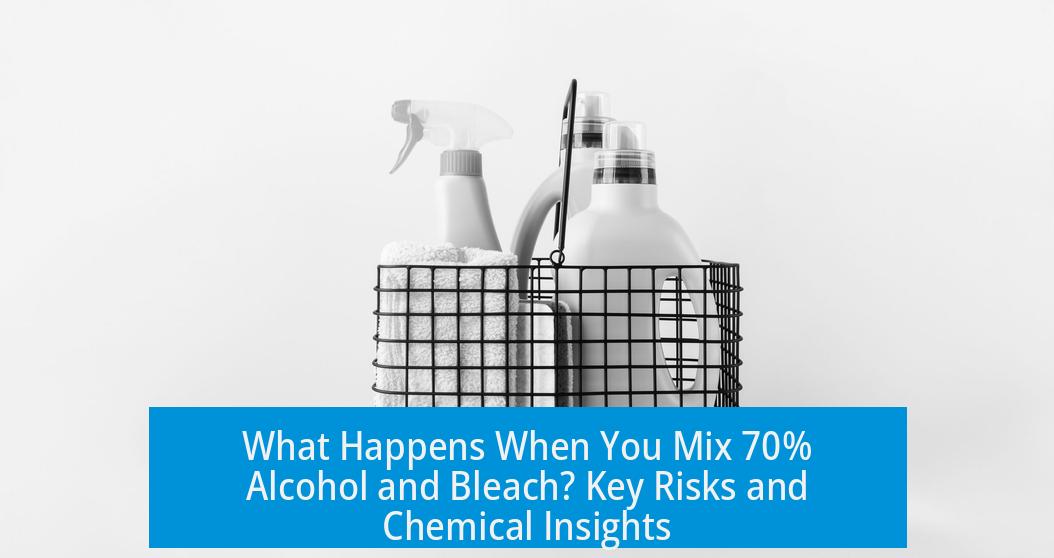
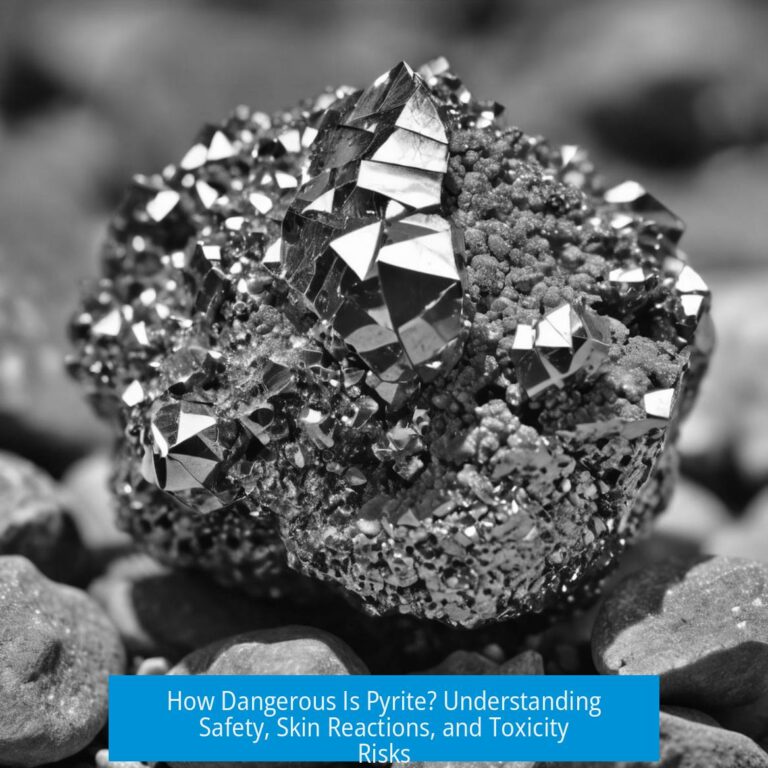
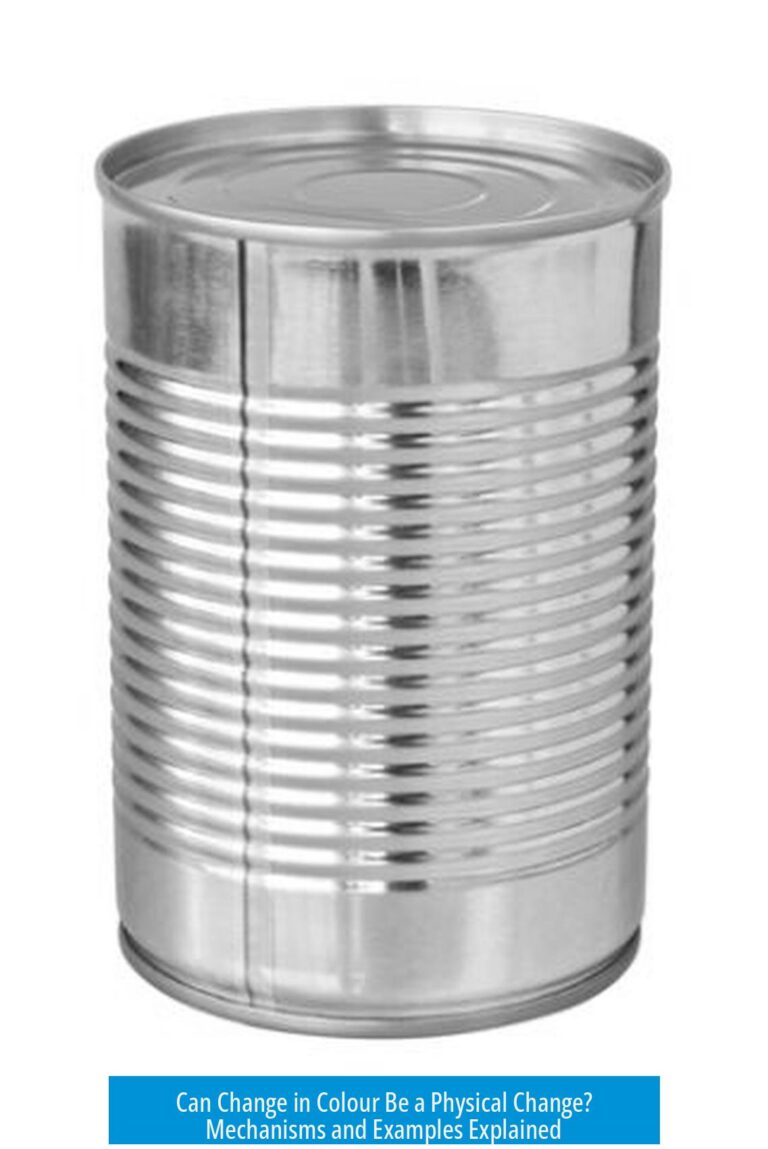
Leave a Comment